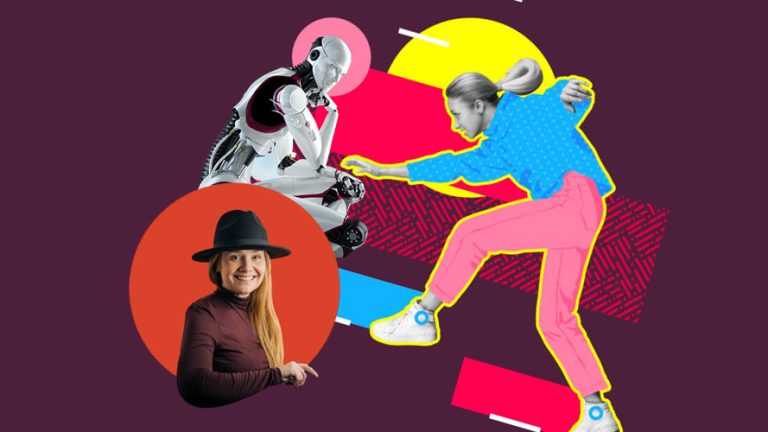Female participation in AI has increased. A deeper dive into the role of tech women and women in AI
Once a male-dominated subject, robotics, and automation have seen an increase in female participation in AI and substantial contributions in recent years. Tech women’s unique perspectives and skill sets in robotics and automation can result in ground-breaking discoveries and breakthroughs. The creation and development of robots are one of the most important roles that women in AI and robotics are playing.
The majority of men have historically created robots, but as more women work in the industry, they are contributing fresh perspectives. Women designers frequently concentrate on improving the usability and intuitiveness of robots, which can accelerate the adoption of robotics and automation across a range of industries. By knowing artificial intelligence, women are also contributing to the field (AI). AI is essential to the functionality of robots as they develop and become capable of performing complex jobs. Women are significantly advancing the field of artificial intelligence (AI), helping to create algorithms that allow machines to learn and adjust to novel conditions.
Moreover, women are essential to the deployment and operation of robots. Robots are becoming more common in sectors like manufacturing and logistics, and women are assuming more responsibility for their maintenance and operation. This is a crucial job since it guarantees that robots are working as effectively and productively as possible.
In the field of robots and automation, women are also essential in tackling problems with inclusion and diversity. Women are assisting in fostering a more inclusive and varied workplace as more of them enter the industry. This is significant since studies have demonstrated that diverse teams are more creative and achieve greater results.
In the field of robotics and automation, women are producing some of the most significant advances in the creation of robots used in medical applications. Robotics is being developed to help meet the need for healthcare services, which is growing as the population ages. Robots that can help with a variety of healthcare duties, including patient monitoring and surgical procedures, are being developed at a rapid rate by women.
Robots that can deliver physical therapy and rehabilitation services are one of the most intriguing advancements in healthcare robotics. These robots are intended to assist people in recovering from illnesses and injuries more rapidly and successfully than conventional techniques. To make these robots reliable, efficient, and easy to use, women are essential to their design and development.
Women are helping to build robots for a variety of different businesses in addition to those related to healthcare. Robots, for instance, are being created for use in construction, agriculture, and even space exploration. Women are significantly contributing to the creation of robots that can carry out tasks that are challenging or hazardous for humans.
And finally, women are essential in influencing the future generation of roboticists and automation specialists. As more women work in the industry, they act as role models for young girls and women who want to work in robotics and automation. This is critical because it promotes inclusivity and diversity in the sector and helps remove barriers.
In conclusion, women are essential in the robotics and automation industry. Although women have made a lot of progress in the fields of AI and robotics, gender gaps still exist. Promoting and assisting women’s participation can result in more varied and creative solutions. Women are significantly advancing the field, from design and development through deployment and operation.
The vital work that women are doing in this industry must be acknowledged and supported as the demand for robotics and automation rises. By doing this, we may contribute to the development of an industry that is more inventive and diversified and is more suited to meet future demands.






Add comment